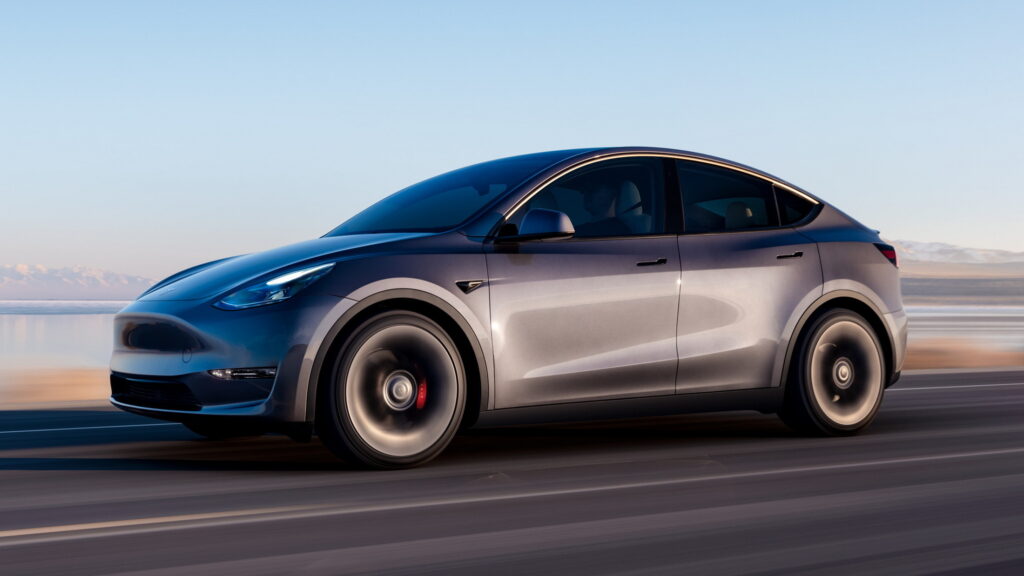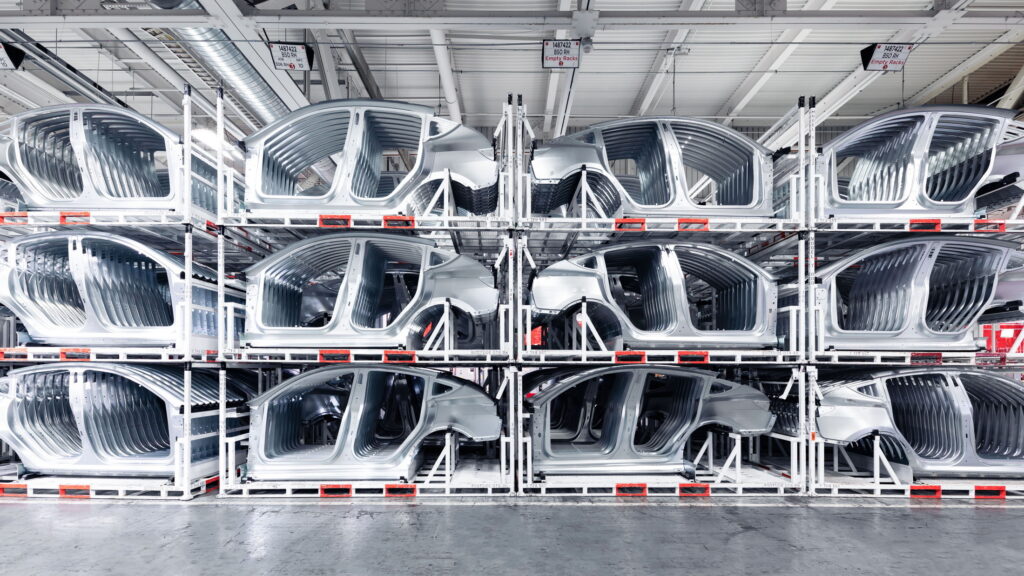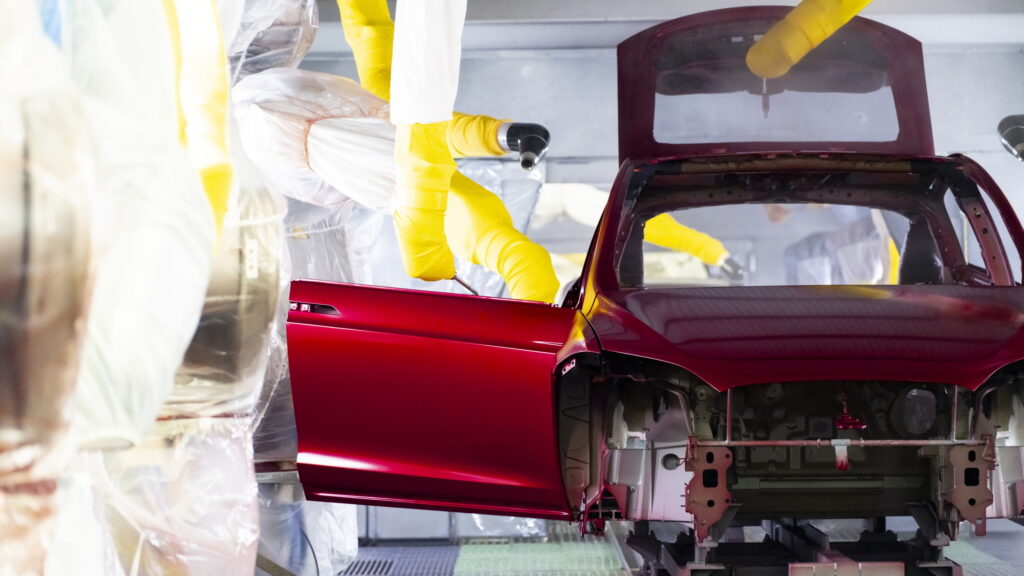One of Tesla’s biggest recent achievements was the Model Y, which is made using gigapresses that help reduce the complexity and cost of manufacturing. The next project for the automaker’s engineering team to push those savings further with presses that are even bigger.
Fewer parts, bigger profits
By building the Model Y with fewer, larger parts, Tesla managed to make it much cheaper to produce, improving its profit margins, and earning it a price advantage as legacy automakers rush into the EV segment. Such was the impressiveness of the process, that Toyota engineers recently called the crossover a “work of art.”
Now, Tesla wants to take that a step further and make a massive section of its upcoming sub-$25,000 compact EV out of a single part, according to five anonymous sources who spoke to Reuters. The strategy may rely on the use of machines that are even larger than the “gigapresses” Tesla currently uses in the Model Y. So, terapresses, perhaps.
Whereas the tools that make the Model Y’s largest sections have between 6,000 and 9,000 tons of clamping pressure, these new ones could clamp down with as much as 16,000 tons of pressure to make even larger parts.
Read: Toyota Engineers Blown Away By Tesla Model Y, Makes Them Rethink EV Approach

Specifically, Tesla is exploring the possibility of making the entire underbody of its upcoming small vehicle (often referred to as the Model 2) out of a single piece, saving both time and money during the manufacturing process. By comparison, the equivalent portion of a conventional car is made up of about 400 pieces.
However, Tesla has not yet made a final decision on whether to commit to the decision because of how difficult these tools are to get right. The larger the press, the more it costs to make, and while a new car is being designed, a company can go through several iterations of tooling as it irons out things as small as squeaks and rattles, or as big as structural flaws.
Solutions
Tesla believes it has found some of the solutions to these problems. Rather than testing complete presses, its suppliers have found ways to iterate using sand casts that cost a fraction of the price. Once everyone is happy with the part, the automaker can buy a press made of metal that it will actually use to produce vehicles.
And Tesla may continue using sand once production begins, albeit not in the same way. One of the other reasons most automakers use multiple presses and hundreds of parts to make vehicle underbodies is because some sections are hollow. This not only makes them lighter, but can also be engineered to make vehicles safer.
By using sand in the molds, Tesla has been working on large presses that can make underbodies with hollow sections. It has had to overcome obstacles to achieve that, though. For one, the alloys typically used in auto manufacturing don’t cool right when they have a big block of sand in them, changing the thermal properties of a mold.
Again, the automaker turned to its suppliers to come up with new metal recipes that can cool with the 3D printed sand in them. However, it still cannot find a way to use this technique with its 16,000-ton terapress and must use a process that takes longer to complete.
“Tesla could still choose high-pressure for productivity, or they could choose slow alloy injection for quality and versatility,” one of the sources told Reuters. “It’s still a coin toss at this point.”
However it chooses to proceed, the new models will no doubt be dissected by other automakers to see if the results are works of art like the Model Y, and whether such an investment will pay off for them.





